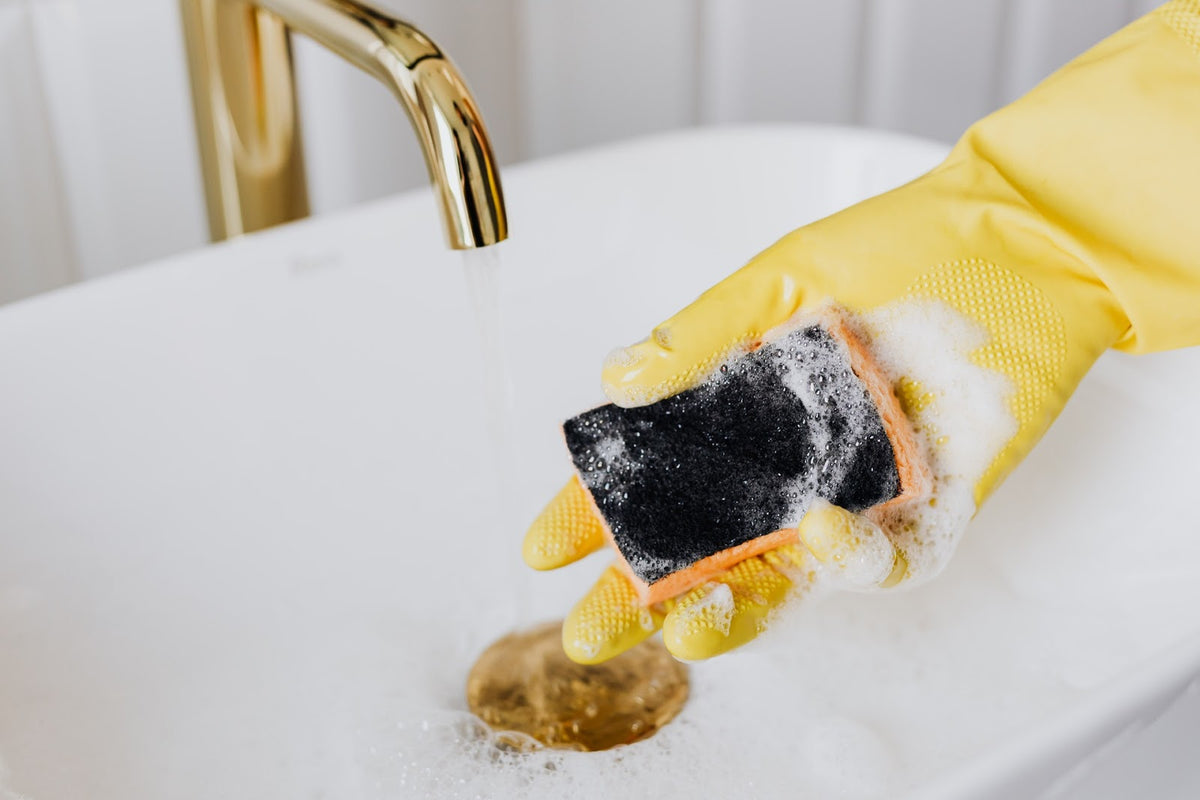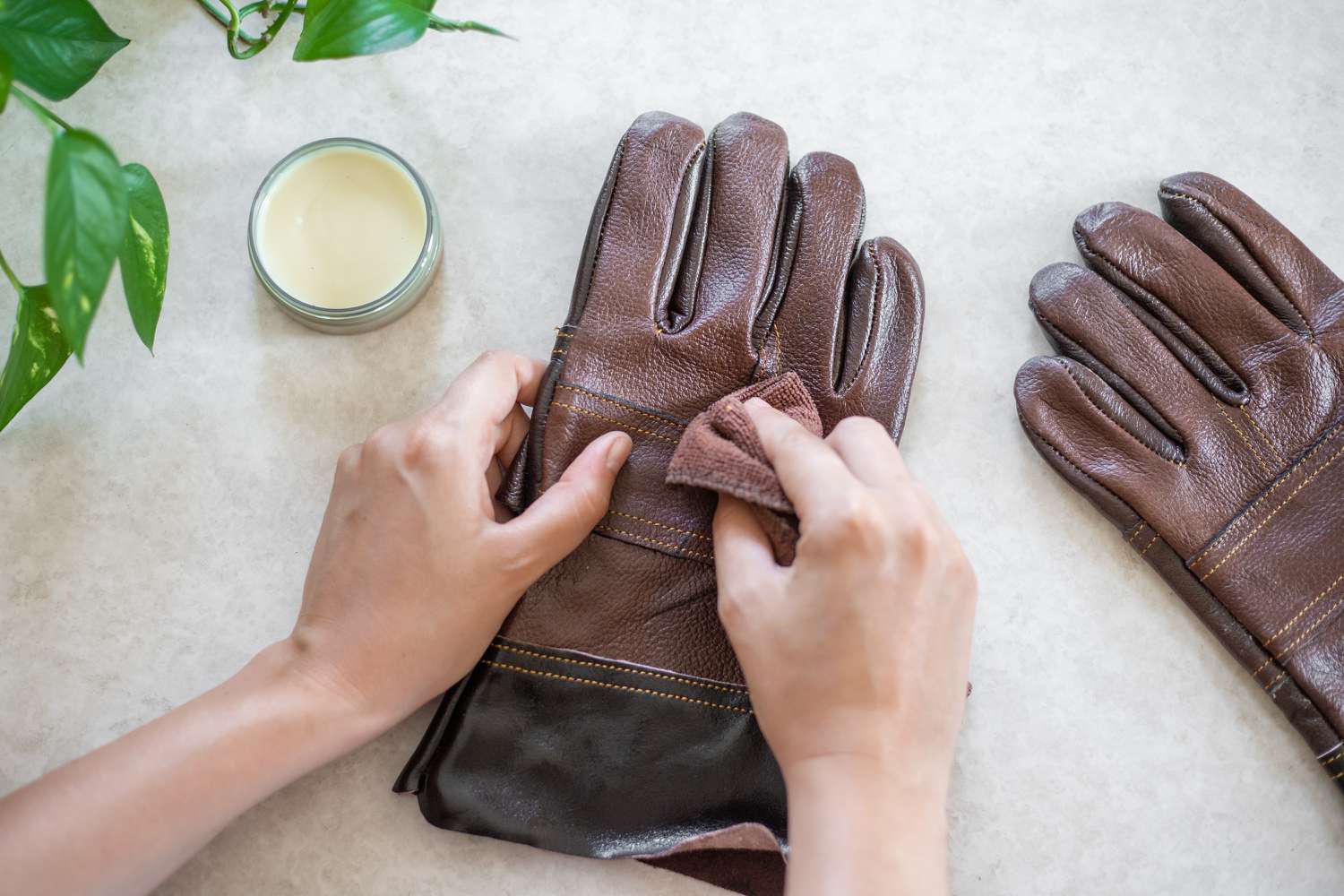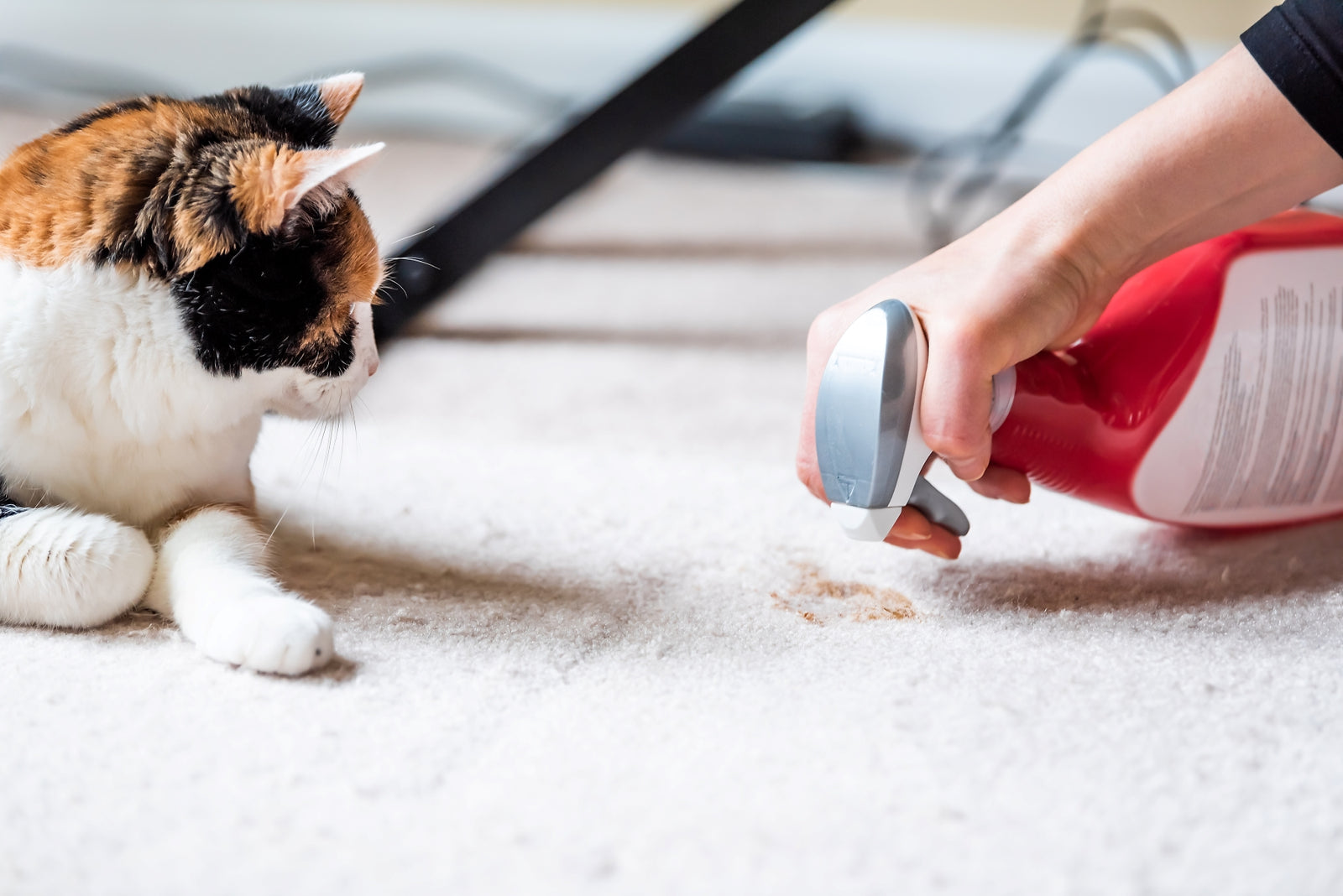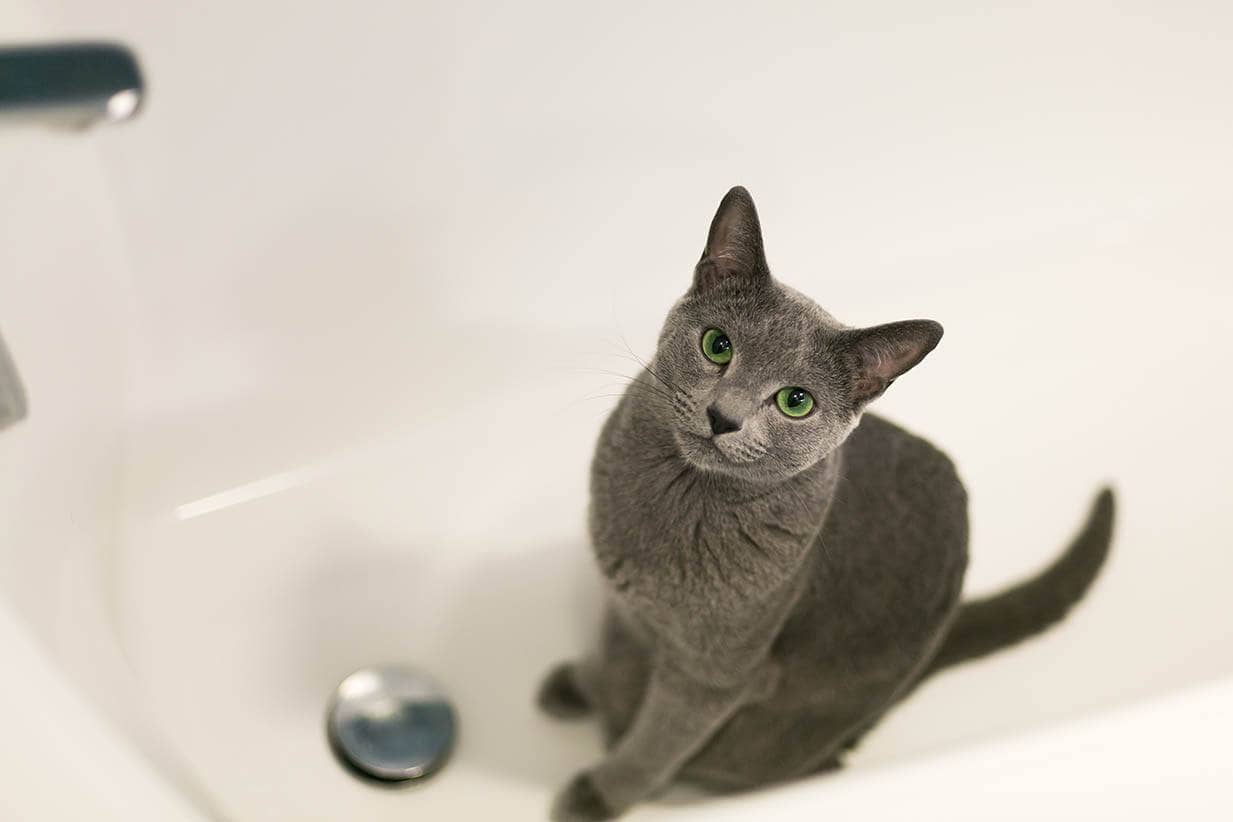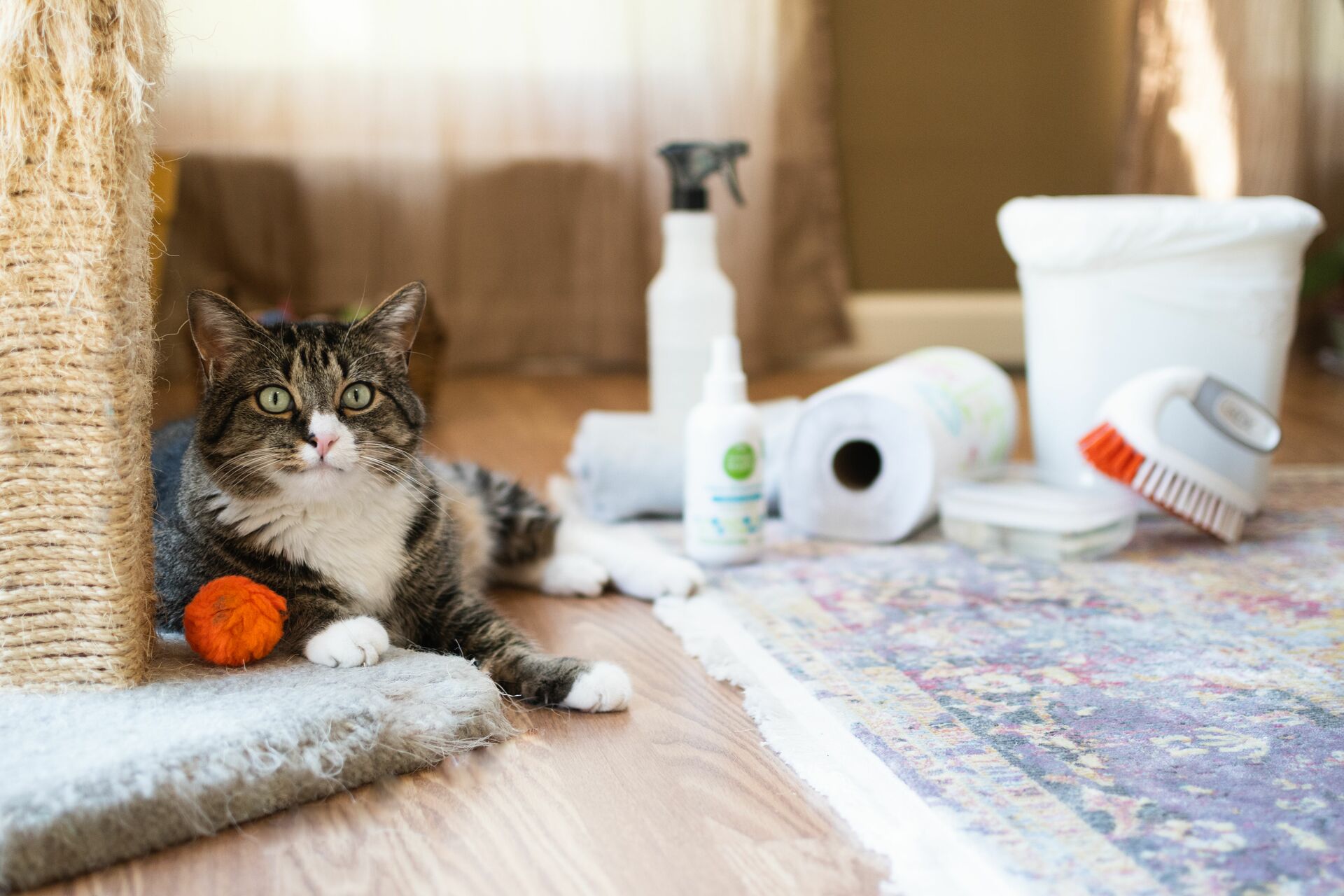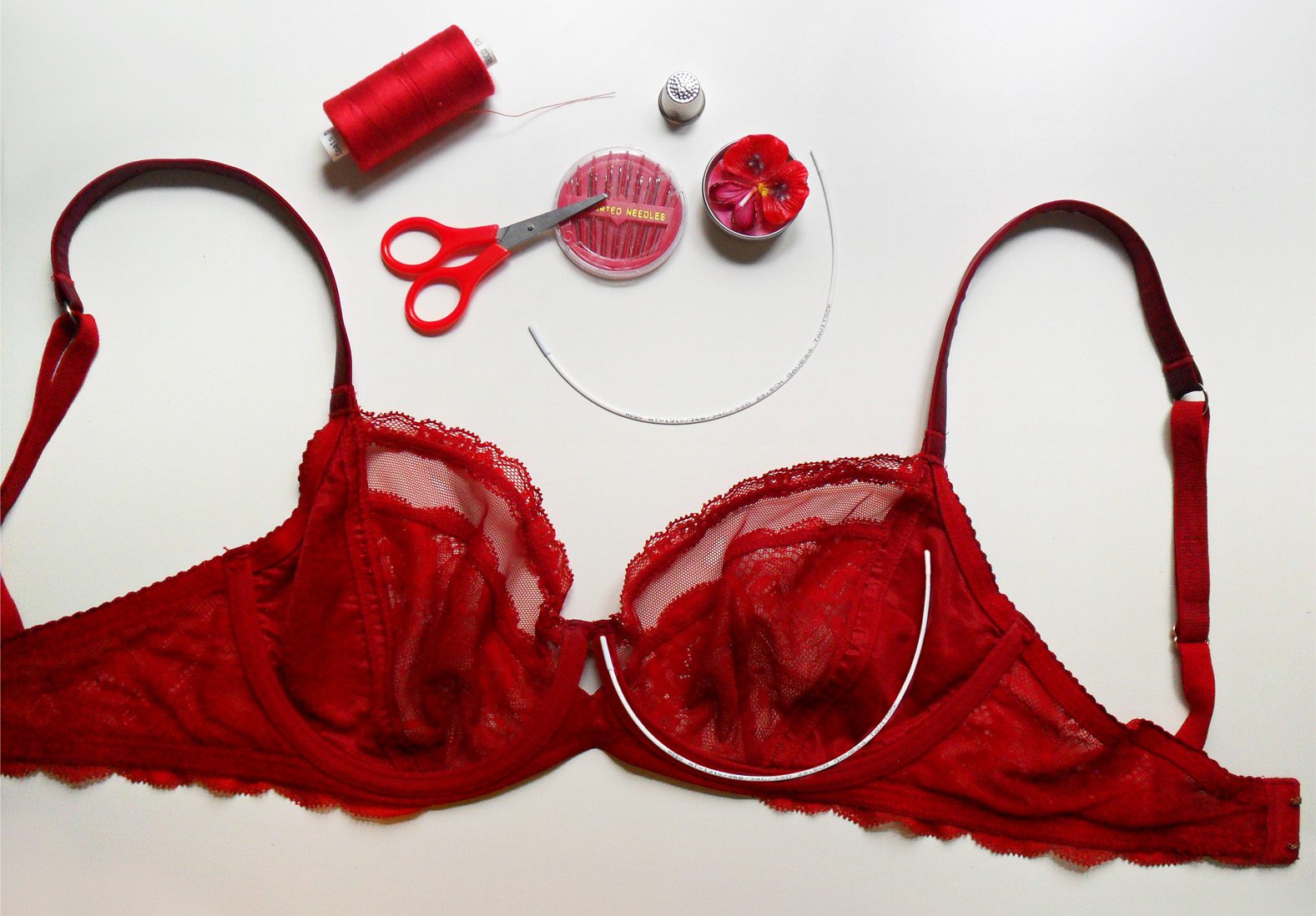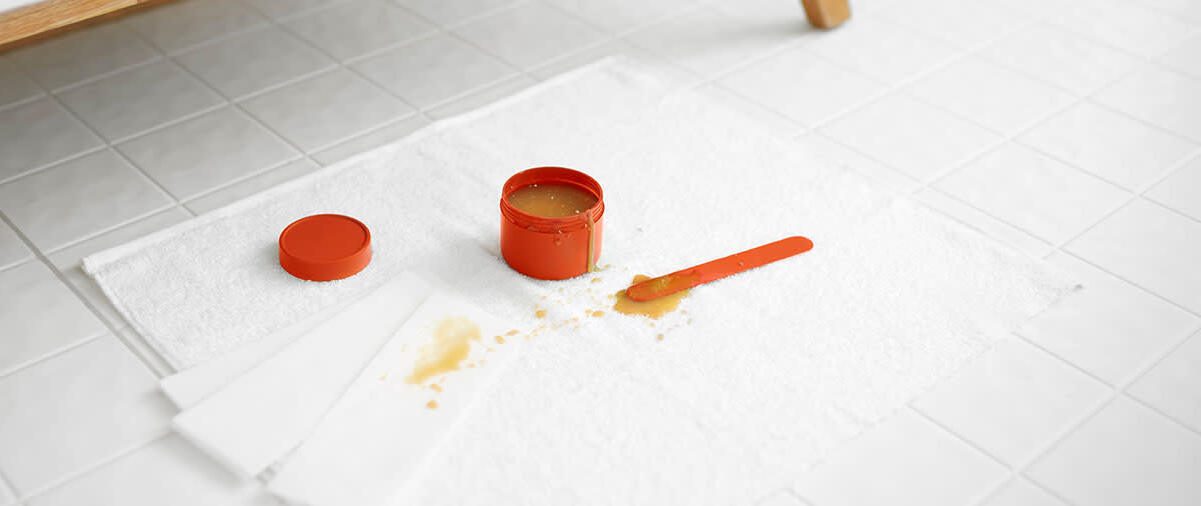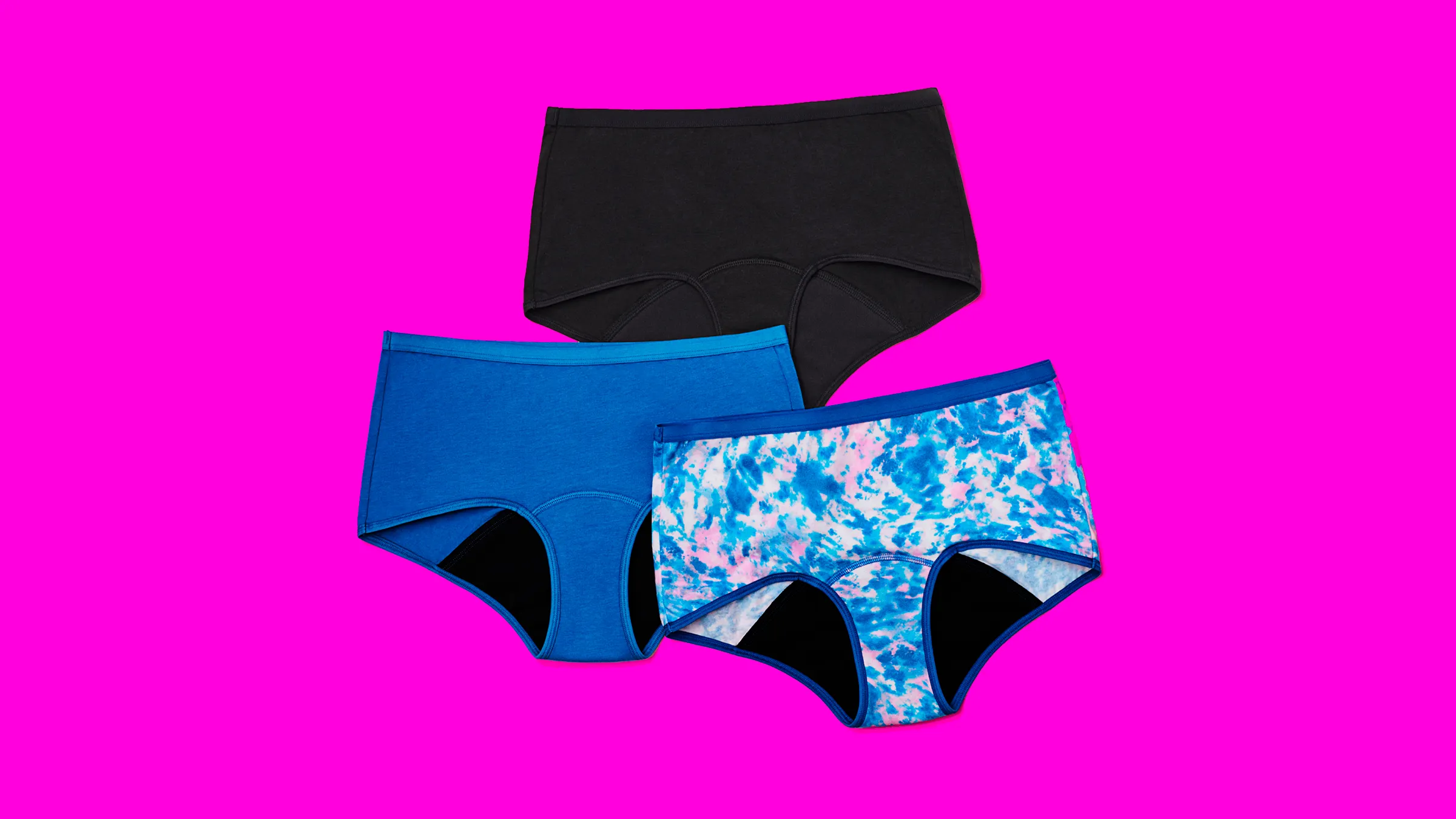Home>How-to Guides>For All>How To Remove Poop Stain From Sheets
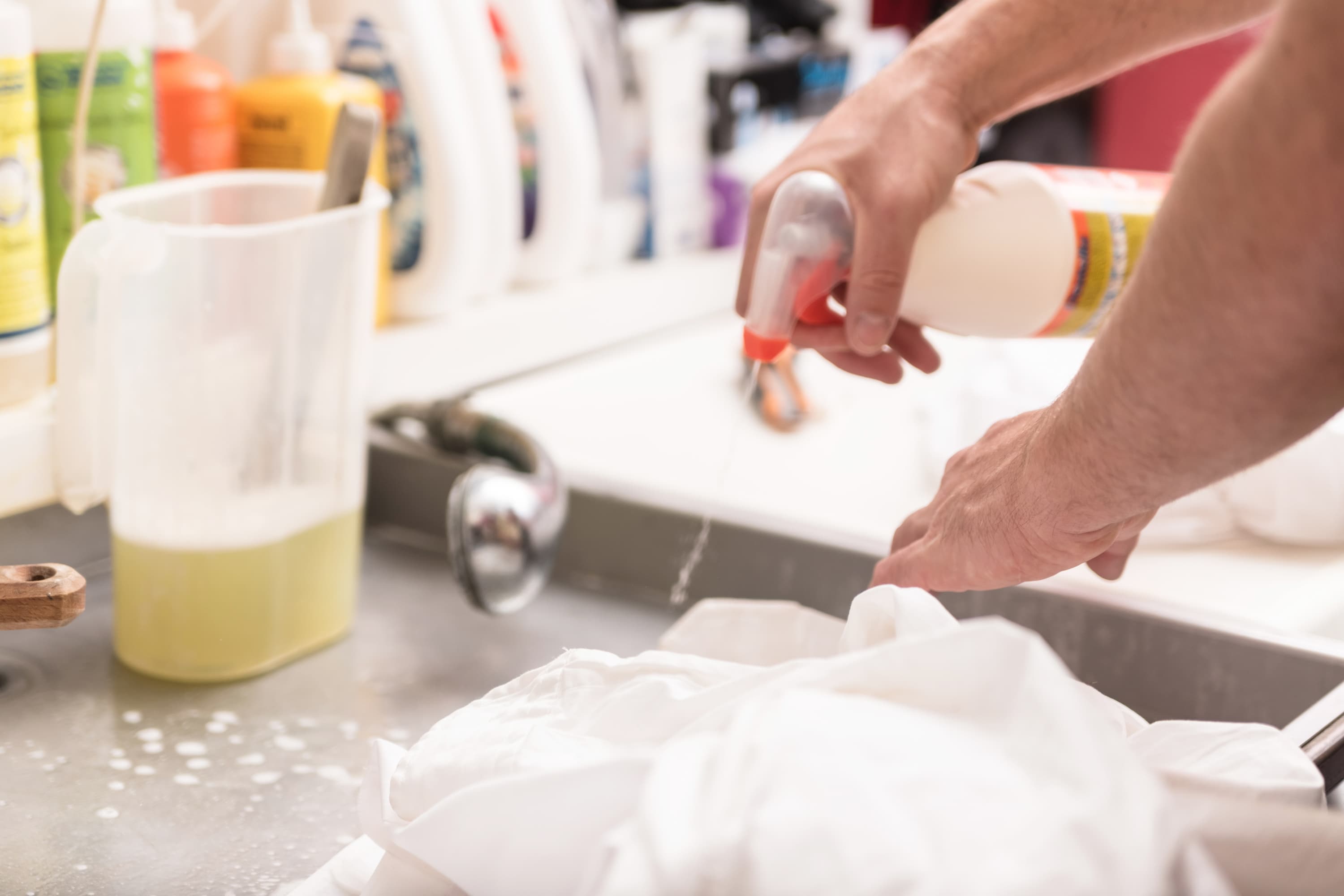

For All
How To Remove Poop Stain From Sheets
Published: July 31, 2023
Looking for a solution to remove poop stains from your sheets? Our guide, suitable for all types of stains, provides step-by-step instructions to keep your sheets clean and fresh.
(Many of the links in this article redirect to a specific reviewed product. Your purchase of these products through affiliate links helps to generate commission for Under-tec.com, at no extra cost. Learn more)
Table of Contents
Introduction
Dealing with poop stains on sheets can be one of those unfortunate household mishaps that can leave you feeling frustrated and embarrassed. Whether it’s a result of a bedwetting accident, a diaper leakage, or an unexpected incident, removing poop stains requires the right approach and materials.
While it may not be the most glamorous topic, it’s important to address it head-on to restore the cleanliness and freshness of your sheets. In this article, we will provide you with essential tips and techniques on how to effectively remove poop stains from sheets, ensuring that they look and smell as good as new.
Understanding the nature of poop stains is crucial when it comes to removing them successfully. Poop contains a combination of water, digestive enzymes, proteins, and waste materials, which can make the stain difficult to remove if not treated promptly.
By following our step-by-step guide and using the right materials, you can say goodbye to those pesky poop stains and have your sheets looking and feeling their best in no time.
Understanding Poop Stains
Poop stains can be a common occurrence, particularly if you have young children, pets, or individuals with mobility issues in your home. Understanding the nature of poop stains is crucial in effectively treating and removing them.
Poop stains are composed of waste materials, bile pigments, and digestive enzymes that can cause discoloration and leave an unpleasant odor on your sheets. It’s important to address these stains promptly to prevent them from setting in.
One factor that affects the severity of poop stains is the freshness of the stool. Fresh stains are typically easier to remove compared to dried or set-in stains. Fresh stains may still contain a higher moisture content, making it easier for cleaning agents to penetrate and break down the stain.
Another factor to consider is the fabric of your sheets. Different fabrics may react differently to poop stains, so it’s essential to check the care labels and instructions before proceeding with any cleaning method. Some fabrics may require more gentle cleaning techniques, while others can withstand more robust treatments.
It’s also worth noting the color of the poop stain, as different colors may indicate different substances present in the stain. For example, a greenish stain may indicate the presence of bile, while a reddish or brownish stain may indicate the presence of blood in the stool. If you notice any unusual colors or if the stain is accompanied by other symptoms, it’s advisable to consult with a healthcare professional.
Understanding the composition and characteristics of poop stains can help you choose the appropriate cleaning methods and products to effectively remove them. In the next section, we will discuss the materials you will need to tackle the task of removing poop stains from your sheets.
Preparing the Materials
Before you start removing poop stains from your sheets, it’s essential to gather the necessary materials. Having the right tools and cleaning agents will help make the process more effective and efficient. Here are the materials you will need:
- Mild detergent: Look for a mild detergent specifically formulated for delicates or sensitive skin. Avoid using harsh detergents that could damage the fabric.
- Stain remover: Choose a stain remover that is safe for use on fabric. Look for one that targets protein-based stains, as poop stains contain proteins from waste materials.
- Warm water: You’ll need warm water for the cleaning process, so make sure you have access to a water source with adjustable temperature settings.
- Old toothbrush or soft-bristled brush: Having a small brush will help you gently scrub the stain and agitate the cleaning solution to penetrate the fabric.
- Bucket or basin: Use a bucket or basin to mix the cleaning solution and soak the stained sheets.
- White towels or paper towels: Having absorbent towels on hand will help blot away excess moisture and stain residues during the cleaning process.
- Optional: Enzyme-based cleaner or hydrogen peroxide: If you’re dealing with set-in or stubborn stains, you may consider using an enzyme-based cleaner or hydrogen peroxide as an additional cleaning agent.
- Gloves: Protect your hands by wearing gloves throughout the cleaning process. This is especially important if you’re using cleaning agents that may contain harsh chemicals.
Once you have gathered these materials, you are ready to proceed with removing the poop stains from your sheets. The next sections will guide you through the steps for both fresh and dried poop stains, as well as tips for handling stubborn stains.
Removing Fresh Poop Stains
When dealing with fresh poop stains on your sheets, it’s important to act quickly to prevent the stain from setting in. Follow these steps to effectively remove fresh poop stains:
- Scrape off any excess poop: Use a blunt object, like a spoon or butter knife, to gently scrape off any excess poop from the surface of the sheet. Be careful not to push the stain further into the fabric.
- Rinse with cold water: Hold the stained area under cold running water to rinse away any remaining residue. Avoid using hot water, as it can set the stain.
- Treat with stain remover: Apply a small amount of stain remover directly onto the stain. Gently rub the stain remover into the fabric using a soft cloth or your fingers. Allow the stain remover to sit on the stain for a few minutes to break down the proteins.
- Pre-soak the sheets: Fill a bucket or basin with warm water. Add a small amount of mild detergent and mix well to create a soapy solution. Place the stained sheets into the soapy water and allow them to soak for about 30 minutes.
- Gently scrub the stain: After soaking, take out the sheets and use an old toothbrush or soft-bristled brush to gently scrub the stained area. Work the brush in circular motions to lift the stain without damaging the fabric.
- Rinse and inspect: Rinse the sheets thoroughly with warm water to remove any soap residue. Inspect the stain to see if it has been completely removed. If the stain is still present, repeat the process or move on to the next steps for treating dried stains.
- Wash the sheets: Finally, wash the sheets in the washing machine using a mild detergent on the appropriate setting recommended for the fabric. This will help remove any remaining stain and freshen up the sheets.
By following these steps, you can effectively remove fresh poop stains from your sheets and restore their cleanliness. In the next section, we will discuss how to tackle dried poop stains.
Treating Dried Poop Stains
Dealing with dried poop stains on your sheets can be a bit more challenging, as the stain has had time to set into the fabric. However, with some extra effort and the right approach, you can still successfully remove dried poop stains. Follow these steps:
- Pre-soak the sheets: Before attempting to remove the dried poop stain, pre-soak the sheets in a mixture of warm water and mild detergent. Let them soak for at least an hour or overnight to help loosen the stain.
- Gently scrape off residue: Once the pre-soaking is complete, use a blunt object, like a spoon or butter knife, to gently scrape off any residue or dried poop particles from the surface of the sheet. Be careful not to damage the fabric.
- Treat with stain remover: Apply a generous amount of stain remover directly onto the dried poop stain. Use a soft cloth or sponge to gently rub the stain remover into the fabric, allowing it to penetrate the stain.
- Let it sit: Allow the stain remover to sit on the stain for approximately 10-15 minutes, or as directed on the product label. This will give the stain remover time to break down the dried poop and make it easier to remove.
- Scrub the stain: After letting the stain remover sit, take a soft-bristled brush or an old toothbrush and gently scrub the stained area. Use circular motions to work the stain remover into the fabric and lift the dried poop stain.
- Rinse and inspect: Rinse the sheet thoroughly with warm water to remove the stain remover and any loosened residue. Inspect the stain to see if it has been completely removed. If not, repeat the process or move on to the next step for stubborn stains.
- Wash the sheets: Finally, wash the sheets in the washing machine using a mild detergent and the recommended setting for the fabric. This will help further lift any remaining stain and freshen up the sheets.
By following these steps and being patient, you can effectively treat and remove dried poop stains from your sheets. However, if the stain persists or if you’re dealing with a particularly stubborn stain, continue reading the next section for additional tips.
Dealing with Stubborn Poop Stains
Stubborn poop stains can be a challenge to remove, especially if they have dried or set into the fabric. However, there are a few additional techniques you can try to tackle these stubborn stains. Follow these steps:
- Enzyme-based cleaner: If the stain persists after following the previous methods, try using an enzyme-based cleaner specifically designed for removing tough stains. Apply the cleaner directly to the stain and follow the instructions on the product label. Enzyme-based cleaners work by breaking down the organic matter in the stain, making it easier to remove.
- Hydrogen peroxide: Another option for stubborn stains is using hydrogen peroxide. Apply a small amount onto the stain and gently blot it with a clean white cloth or paper towel. Avoid rubbing as it may further embed the stain into the fabric. Peroxide may help to lift the stain, but be cautious as it can bleach or lighten certain fabrics. Test it on an inconspicuous area first and proceed with caution.
- Sunlight: For white or light-colored sheets, exposing them to sunlight can have a bleaching effect that helps fade stubborn stains. After treating the stain, hang the sheets outside in direct sunlight for a few hours. The combination of sunlight and fresh air can work wonders in lightening and freshening up the fabric.
- Repeat the process: If the stain remains after trying these methods, don’t give up. Repeat the cleaning process with a stain remover or enzyme-based cleaner, and consider using a more vigorous scrubbing motion. Take care not to damage the fabric, but be persistent in your efforts to remove the stain.
Remember that removing stubborn poop stains may require multiple attempts before achieving the desired results. It’s important to be patient and avoid using harsh chemicals or methods that may damage the fabric. If the stain persists, you may want to consult a professional cleaner for further assistance.
Now that you have successfully treated and removed the stubborn poop stains from your sheets, it’s time to wash and dry them to restore their freshness. We will discuss these final steps in the next section.
Washing and Drying the Sheets
After successfully removing the poop stains from your sheets, it’s important to wash and dry them properly to ensure they are clean, fresh, and ready for use. Follow these steps for washing and drying your sheets:
- Check the care label: Before washing your sheets, always check the care label for any specific instructions or recommendations. Follow the manufacturer’s guidelines regarding water temperature, washing cycle, and drying methods.
- Separate sheets from other laundry: It’s best to wash your sheets separately from other laundry items to prevent cross-contamination and ensure proper cleaning.
- Choose the right detergent: Select a mild detergent that is suitable for the fabric of your sheets. Avoid using detergents with harsh chemicals or bleach, as they can damage the fabric or cause discoloration.
- Set the appropriate water temperature: Choose a water temperature setting that is suitable for the fabric and the level of cleanliness needed. Hot water can be effective against germs, but make sure it won’t cause damage to the sheets.
- Select the right washing cycle: Depending on the fabric and stains, choose a washing cycle that is appropriate for your sheets. Use a gentle or delicate cycle if needed, especially for more delicate or sensitive fabrics.
- Dry properly: After washing, check the care label for instructions on drying. If suitable, tumble dry your sheets on a gentle or low heat setting. If the label recommends air drying, hang the sheets outside or lay them flat to dry.
- Iron or fold: Once your sheets are dry, you can iron them on a low heat setting to remove any wrinkles or fold them neatly for storage.
By following these steps, you can ensure that your sheets are thoroughly cleaned and ready to use. Remember to always read and follow the care instructions provided by the manufacturer to maintain the quality and longevity of your sheets.
Now that you have successfully treated, washed, and dried your sheets, you can enjoy fresh, clean bedding once again. In the next section, we will discuss some preventive measures to help you avoid future poop stains on your sheets.
Preventing Future Poop Stains
While accidents happen, there are steps you can take to minimize the occurrence of poop stains on your sheets. Here are some preventive measures to help you avoid future incidents:
- Use mattress protectors: Invest in high-quality waterproof mattress protectors. These protective covers act as a barrier between your sheets and the mattress, preventing any liquids or stains from seeping through.
- Double up on sheets: Consider using an additional layer of sheets on top of your fitted sheet. This extra layer can provide added protection and make it easier to change the sheets in case of a poop accident.
- Choose fabrics wisely: Opt for sheets made of fabrics that are known for their stain resistance, such as polyester or microfiber. These materials are less likely to absorb stains and can be easier to clean.
- Establish bathroom routines: Encourage regular bathroom breaks for children or individuals who may be prone to accidents. Establishing consistent bathroom routines can help prevent accidents during the night or throughout the day.
- Diaper changes and potty training: If you have infants or toddlers, ensure timely diaper changes and actively engage in potty training to reduce the chances of poop accidents in bed.
- Keep wipes nearby: If you have young children or individuals who require assistance with personal hygiene, keep a pack of wipes or wet cloths near the bed. Having them easily accessible can help clean up any accidents quickly.
- Follow proper diaper fit: If you’re dealing with poop stains caused by diaper leakage, ensure that the diapers fit snugly and are fastened properly to minimize the risk of leaks.
- Encourage open communication: For individuals who may have difficulty articulating their needs, make sure there is open communication and clear signals for when they need to use the bathroom.
- Regular laundry routine: Implement a regular laundry routine to ensure sheets are washed frequently. Promptly removing any stains or soiled sheets will prevent them from setting in and becoming more challenging to remove.
By taking these preventive measures, you can significantly reduce the chances of future poop stains on your sheets. However, accidents can still happen, so it’s important to be prepared and know how to tackle stains when they occur.
Now that you are equipped with the knowledge and techniques for removing poop stains from your sheets, as well as preventive measures to avoid future stains, you can confidently handle any mishaps that may come your way.
Conclusion
Dealing with poop stains on sheets may not be the most pleasant task, but with the right approach and materials, it is possible to effectively remove these stains and restore the cleanliness of your bedding. Whether you are dealing with fresh stains, dried stains, or stubborn stains, the step-by-step techniques outlined in this article can help you tackle them successfully.
Understanding the nature of poop stains, preparing the necessary materials, and following the appropriate cleaning methods are crucial in achieving the best results. Scrubbing gently, using mild detergents, and allowing stain removers to penetrate the fabric are key elements in the stain removal process.
Additionally, implementing preventive measures such as using mattress protectors, establishing bathroom routines, and choosing stain-resistant fabrics can help minimize the occurrence of poop stains in the future.
Remember, accidents can happen at any time, especially in homes with young children, pets, or individuals with specific needs. It’s important to stay calm, respond quickly, and treat the stains promptly to prevent them from setting in.
By following the tips and techniques provided in this article, you can effectively remove poop stains from your sheets and maintain the cleanliness and freshness of your bedding. So, don’t fret if accidents happen – you now have the knowledge and tools to handle them with ease.
With a little bit of patience, the right materials, and the willingness to take action, you can keep your sheets free from poop stains and enjoy a comfortable and hygienic sleeping environment.
